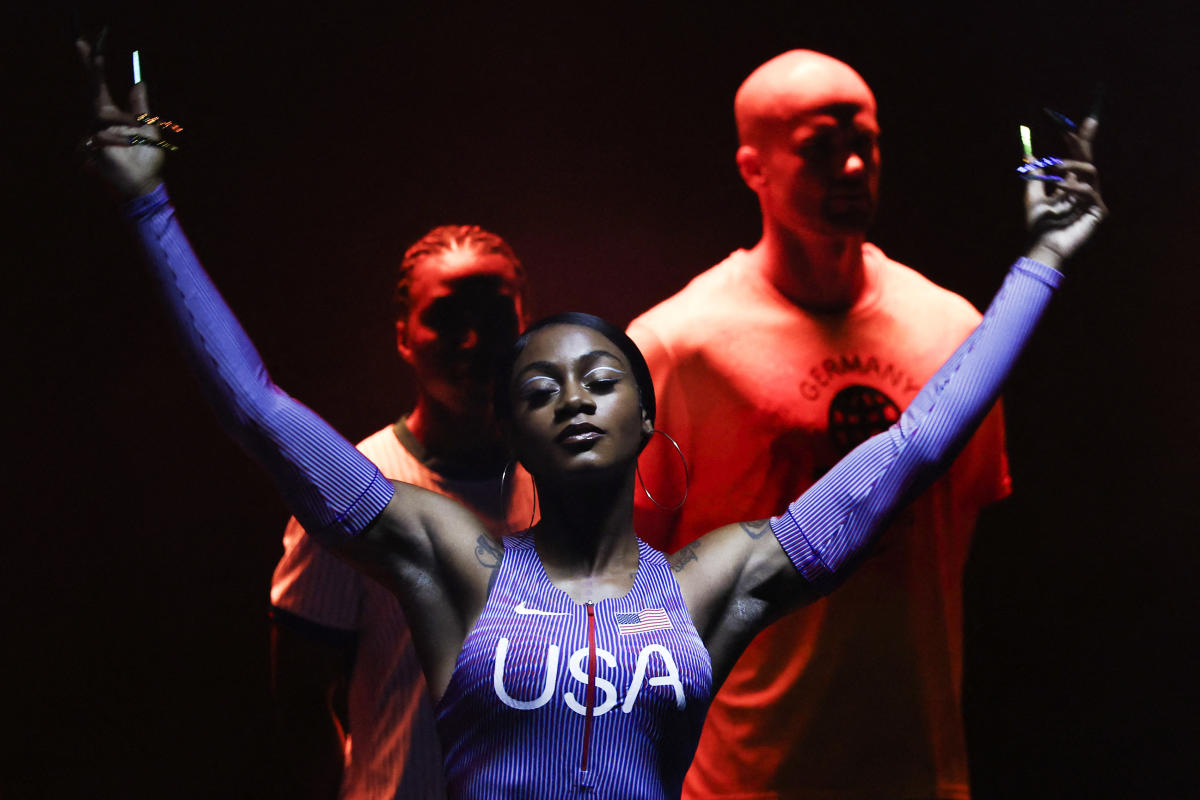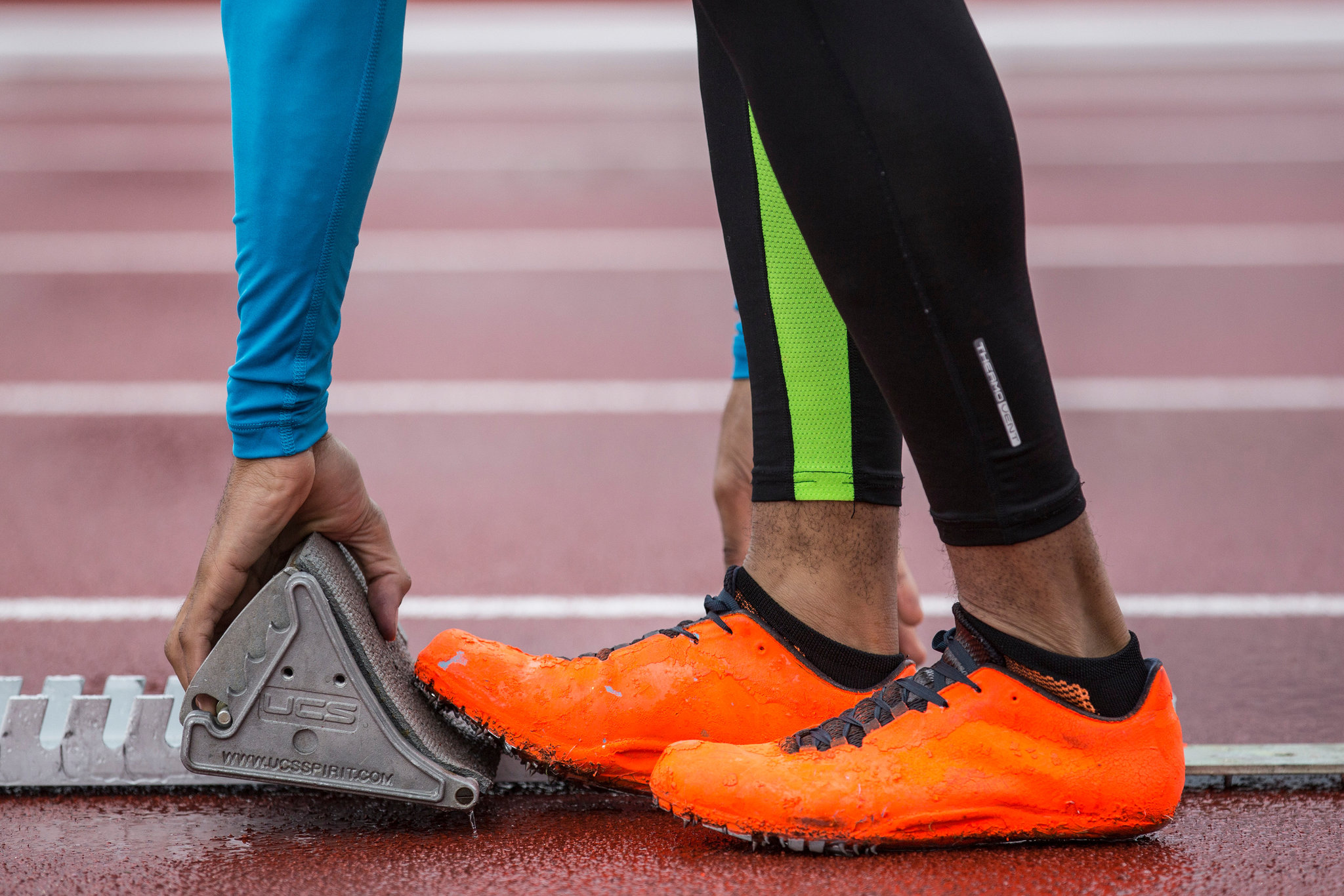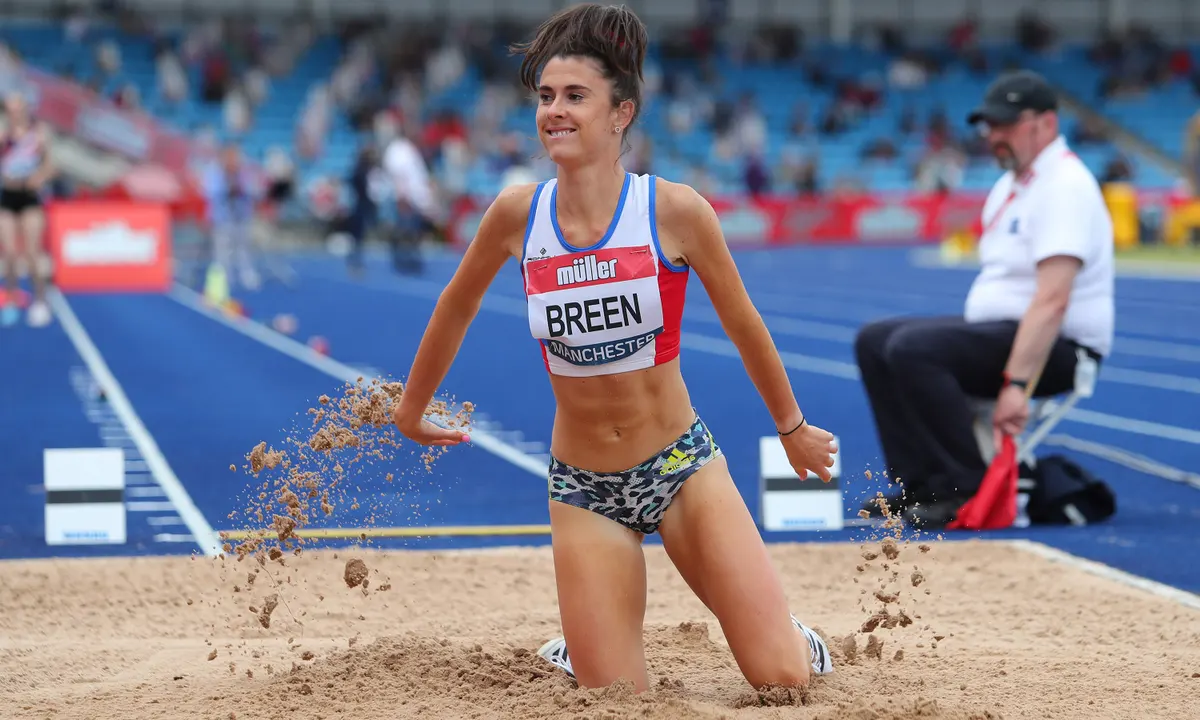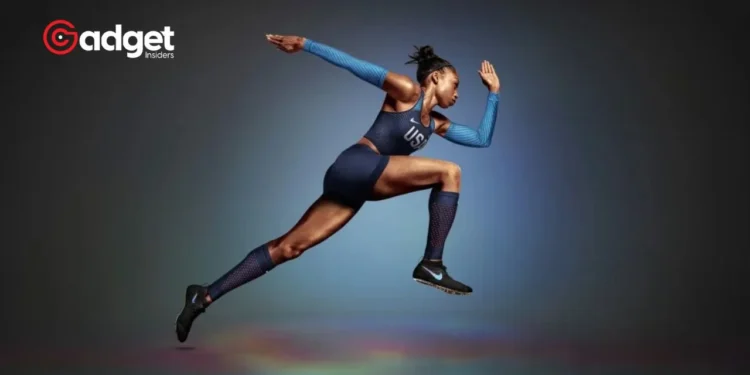Last week’s unveiling of Nike’s Olympic track uniforms for the upcoming Paris Olympics left many onlookers and athletes stirred, particularly about the women’s attire. Among the broad array of designs presented by the sportswear giant, a particular unitard designed for Team USA’s track-and-field athletes has garnered significant attention and criticism.
This ensemble features a strikingly high-cut bikini line, which has prompted a vociferous response from female competitors concerned about its practicality and the message it sends about women’s sports.

Athlete Reactions: A Spectrum of Concerns
The backlash emerged swiftly after images of a mannequin donned in the contentious unitard circulated online. Key figures in the athletic community, including Olympic long jumper Tara Davis-Woodhall and hurdler Queen Harrison Claye, voiced their concerns openly.
Their criticisms underscored a recurring issue within sports apparel: the balance—or lack thereof—between aesthetics and functionality. Davis-Woodhall’s remark, “Wait my hoo haa is gonna be out,” encapsulates the practical concerns many athletes have about such designs.
Meanwhile, Claye’s humorous yet pointed comment about seeking sponsorship from the European Wax Center hints at the deeper implications of such design choices on the athletes’ comfort and dignity.
The Nike uniforms for the USA women's Olympic track and field team have sparked considerable jokes, controversy and claims of sexism.
The women's uniforms, particularly the bodysuits, have been criticized for being overly revealing. They feature a high cut on the legs which… pic.twitter.com/qVDg4nUksq
— MMAIN (@DecaDigest) April 13, 2024
Nike’s Defense and Athlete Support
In response to the wave of criticism, Nike pointed to the diversity of their offerings, highlighting that the controversial unitard is but one of many options available to athletes. John Hoke, Nike’s Chief Innovation Officer, emphasized the customization and variety in the designs, asserting that nearly 50 unique pieces were crafted to cater to specific athletic needs.
Not all athletes are critical of the design choices. Pole-vaulter Katie Moon, also a Nike athlete, defended the company on social media, advocating for the array of choices provided to women, which includes less revealing options.

Analyzing the Broader Implications
The controversy taps into a broader dialogue about the representation of female athletes in sports. Lauren Fleshman, a retired runner and coach, criticized the design as a “costume born of patriarchal forces,” highlighting the societal pressures that often overshadow women’s sports.
This incident raises questions about the intersection of fashion, functionality, and feminism in sports. It also underscores the need for companies like Nike to engage more thoroughly with athletes throughout the design process to ensure that sportswear empowers rather than objectifies.

As the Paris Olympics draw closer, the discussion around these uniforms is likely to evolve, reflecting broader societal debates about gender, representation, and professionalism in sports.
Meanwhile, Nike assures that they remain committed to listening to athletes’ feedback, aiming to tailor designs that meet their diverse needs and preferences while upholding the spirit of competition and inclusivity.










